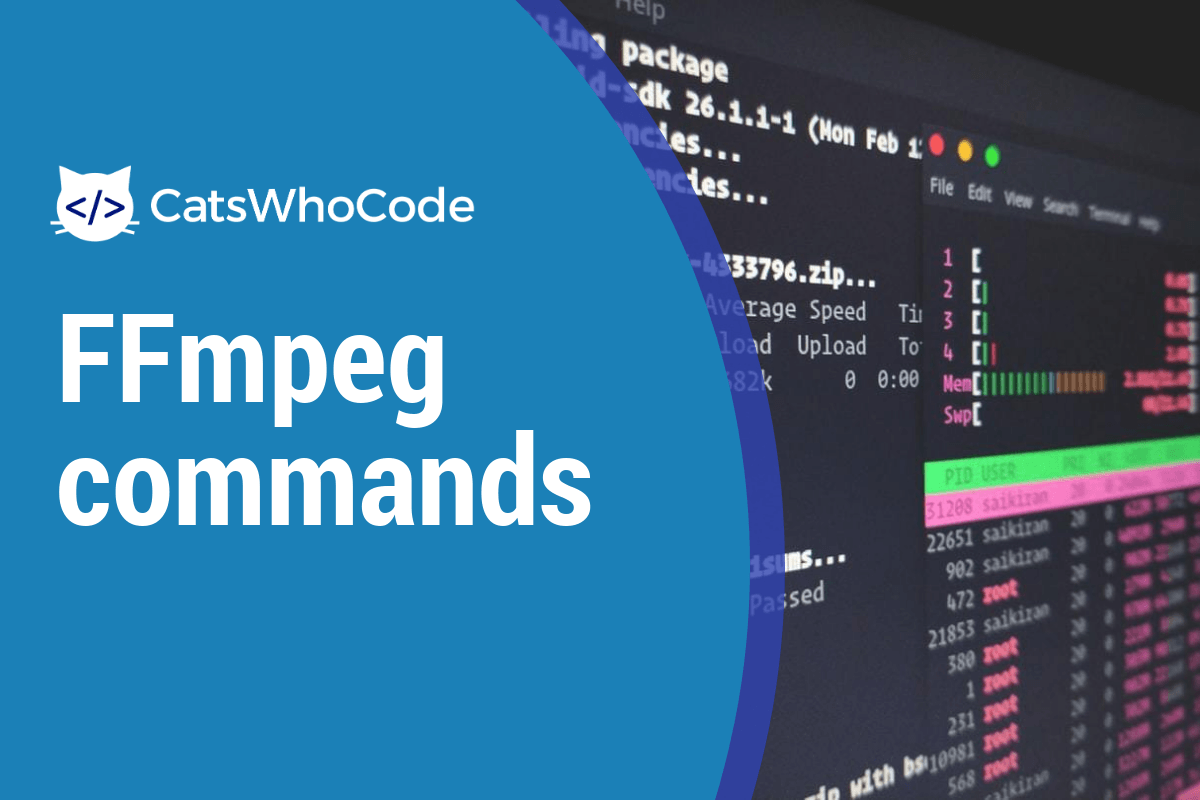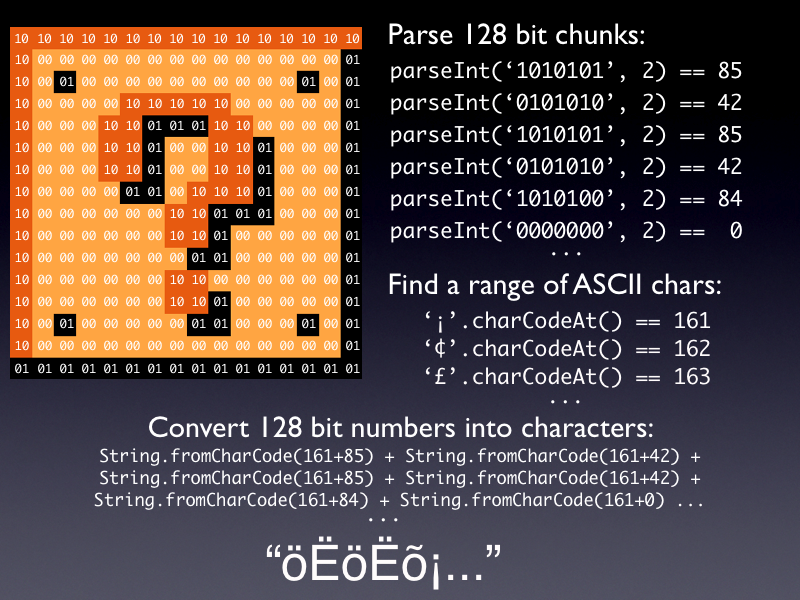

Haven't tried any tools to analyze transport streams as the VideoRedo files are fine because I can re-encode any file saved with VideoRedo with MeGUI or whatever and there's no delay in the resulting file.
#How to use ffmpeg to encode binary pixels mp4
I can save the MP4 to any format with VideoRedo and there's no delay in MediaInfo. Source is MP4 from the Elgato Game Capture HD which I then saved to MKV with VideoRedo. Sometimes the peaks will be even more than 10dB below 0dB (in an audio editor), sometimes they'll only be 1 or 2dB lower, but the average volume should be pretty similar. I just use ReplayGain, generally with a target volume of 83dB. I don't really know why.Īnyway, if jagabo pops into this thread I'll defer to him regarding "commercial releases usually having AC3 audio encoded at about -10 dB" and whether he's referring to peak or average levels etc, or whether it's something which just applies to AC3 (I never encode as AC3 myself). Instead it uses a standard for translating the audio into sound pressure level. Instead, ReplayGain aims to make the average volumes the same and therefore the peaks will often be different, but it doesn't use the same dB scale as your audio editor. the average volume for audio "B" will end up 10dB lower. And that's pretty much what ReplayGain sets out not to do, because if audio "A" and audio "B" have the same average volume, but audio "B" happens to have a peak that's 10dB louder than the loudest part of audio "A", when they're both "normalised to -10dB". That'd be what I call "normalising to -10dB".

would mean effectively increasing the volume until the loudest part is at 0dB in your audio editor, then reducing the volume of the whole audio until the loudest part is at -10dB. (except I think the SMPTE standard is actually 83dB to allow for more dynamic range before clipping). ie if you run pink noise through this theatre system at this voltage then this is how loud it should be.
#How to use ffmpeg to encode binary pixels movie
The ReplayGain target volume is based on a SMPTE standard for translating what you see in your audio editor into sound pressure level (using the dB scale) when a movie theatre system is properly calibrated. The example from your previous thread has peaks around -5dB. Most audio editors use 0dB as "maximum" and everything below that has a negative dB value. I looked at you other thread and to be honest I'm not sure if you fully understand the question you're asking. If you're confident the sample from your previous thread is indicative of all audio tracks, you'll never have a problem with clipping. Once I know the highest target volume I can use I apply ReplayGain.įair enough. It more often than not ends up being between 83dB to 86dB. That should adjust the level to a target volume of 83dB and the -k switch is still there to prevent clipping on the rare occasion it occurs.īecause I use the mp3gain GUI, if I'm wanting to adjust the volume of a bunch of files so they all sound the same, I run a ReplayGain scan and adjust the target volume until the file with the loudest peaks reaches maximum. It'll generally only be a few dB difference, so no big deal, but an alternative might be The only downside is the -k switch might further modify the volume of some files and not others, which means they might have slightly different volumes. You can add the -k switch, which appears to prevent clipping automatically (the way I read the commandline it'll adjust to 89dB and then reduces the volume further if required). If anything, I'd imagine the idea would be to apply ReplayGain (which adjusts to a target volume of 89dB) along with a further reduction of 3dB or 6dB to prevent clipping. The way I read the commandline, after ReplayGain has been applied, -m 10 would increase the volume by ten steps of 1.5dB, or by 15dB. 83dB should ensure no peaks exceed the maximum. The standard "target volume" when applying ReplayGain to music is 89dB, but movie soundtracks tend to be a bit more dynamic so it's an idea to reduce that a bit for some extra headroom (so the peaks won't exceed maximum). The actual ReplayGain scanning process might take a few minutes though.

If it does it'd be much slower than adjusting the volume without re-encoding, which should only take a second. AACGain can do the same, but generally the idea would be to use it to adjust the level with ReplayGain so each track's volume sounds the same.Īs far as I know AACGain doesn't re-encode (I use it with the mp3gain GUI).

you're referring to adjusting the volume until the peaks are at maximum. I don't use ffmeg myself and I don't fully understand the AACGain commandline (although I'm reading up on it as I post), but it sounds like. I was advised that instead of normalizing the volume to 0dB that instead I should normalize to -10 dB.


 0 kommentar(er)
0 kommentar(er)
